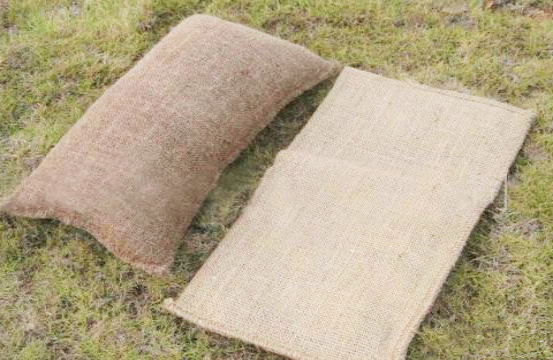jan . 23 , 2025 01:54
Back to list
rubber seals for doors
Rubber seals for doors are essential components in modern construction and manufacturing, providing a crucial barrier against environmental elements, enhancing durability, and improving energy efficiency. These seemingly simple devices play a multifaceted role in maintaining the integrity of both residential and commercial spaces.
When selecting rubber seals for doors, understanding the material's composition and quality is imperative. Different types of rubber, such as EPDM (ethylene propylene diene monomer), silicone, and neoprene, offer distinct advantages. EPDM, for instance, is highly resistant to temperature fluctuations, UV radiation, and ozone, making it an excellent choice for outdoor applications. Silicone, known for its superior thermal stability, is ideal in environments subject to extreme temperatures. Neoprene, with its excellent oil and chemical resistance, finds applications in industrial settings. Choosing the right type of rubber based on the specific requirements of the environment ensures the longevity and effectiveness of the seal. In terms of installation and maintenance, rubber seals are generally straightforward. However, ensuring a proper fit is crucial. The seal should be compressed slightly when the door is closed, ensuring an effective barrier without significant deformation of the seal over time. Regular maintenance involving inspections and cleaning can prolong the seal's lifespan. Replacing seals that show signs of wear, such as cracks or loss of elasticity, is essential to maintaining the door’s integrity and functionality. The importance of partnering with reputable manufacturers cannot be overstated. Established providers possess the expertise to produce high-quality rubber seals that meet stringent industry standards and specifications. They can offer guidance on the best seal types for specific applications and provide solutions tailored to unique environmental challenges. Rubber seals possess a remarkable capacity to enhance protection, energy efficiency, and noise control in door applications. From selecting the right material and ensuring a proper installation to maintaining seals over time, these factors all contribute to their successful function within both domestic and commercial settings. As construction technology advances, the innovation and development of rubber seals will continue to push the boundaries of what these deceptively simple components can achieve, making them an indispensable part of modern architecture and engineering.


When selecting rubber seals for doors, understanding the material's composition and quality is imperative. Different types of rubber, such as EPDM (ethylene propylene diene monomer), silicone, and neoprene, offer distinct advantages. EPDM, for instance, is highly resistant to temperature fluctuations, UV radiation, and ozone, making it an excellent choice for outdoor applications. Silicone, known for its superior thermal stability, is ideal in environments subject to extreme temperatures. Neoprene, with its excellent oil and chemical resistance, finds applications in industrial settings. Choosing the right type of rubber based on the specific requirements of the environment ensures the longevity and effectiveness of the seal. In terms of installation and maintenance, rubber seals are generally straightforward. However, ensuring a proper fit is crucial. The seal should be compressed slightly when the door is closed, ensuring an effective barrier without significant deformation of the seal over time. Regular maintenance involving inspections and cleaning can prolong the seal's lifespan. Replacing seals that show signs of wear, such as cracks or loss of elasticity, is essential to maintaining the door’s integrity and functionality. The importance of partnering with reputable manufacturers cannot be overstated. Established providers possess the expertise to produce high-quality rubber seals that meet stringent industry standards and specifications. They can offer guidance on the best seal types for specific applications and provide solutions tailored to unique environmental challenges. Rubber seals possess a remarkable capacity to enhance protection, energy efficiency, and noise control in door applications. From selecting the right material and ensuring a proper installation to maintaining seals over time, these factors all contribute to their successful function within both domestic and commercial settings. As construction technology advances, the innovation and development of rubber seals will continue to push the boundaries of what these deceptively simple components can achieve, making them an indispensable part of modern architecture and engineering.
Share
Previous:
Next:
Latest news
-
Uses of Jute Bags | Sustainable Jute ProductsNewsAug.12,2025
-
Types of Square Files and Their Uses in Modern IndustriesNewsAug.12,2025
-
Slitting Machines Overview & TypesNewsAug.12,2025
-
Jute Rope: The Versatile Material for DIY & CraftingNewsAug.12,2025
-
How to Use Tofu Cat Litter for the Best ResultsNewsAug.12,2025
-
Car Door Seal Buying GuideNewsAug.12,2025







